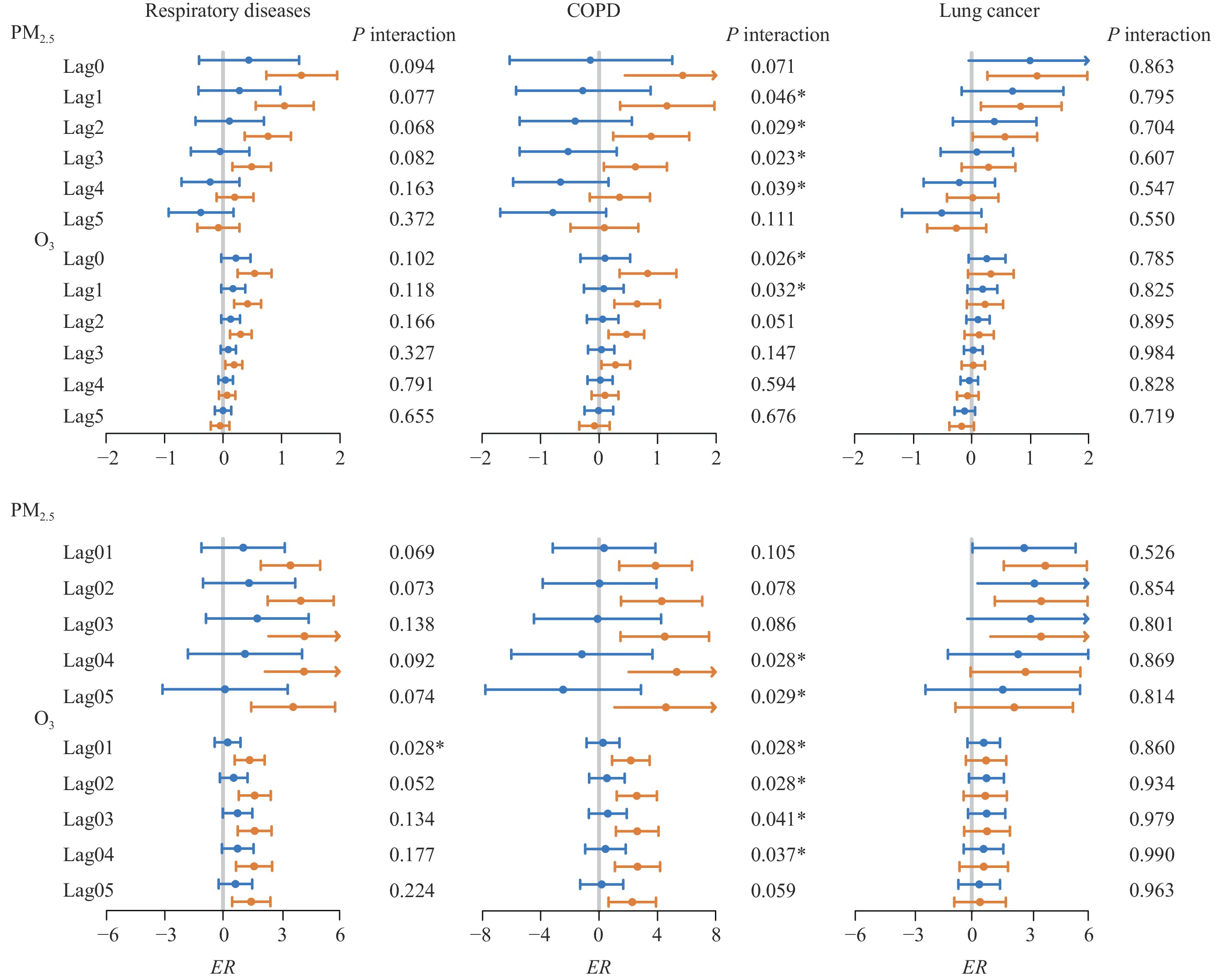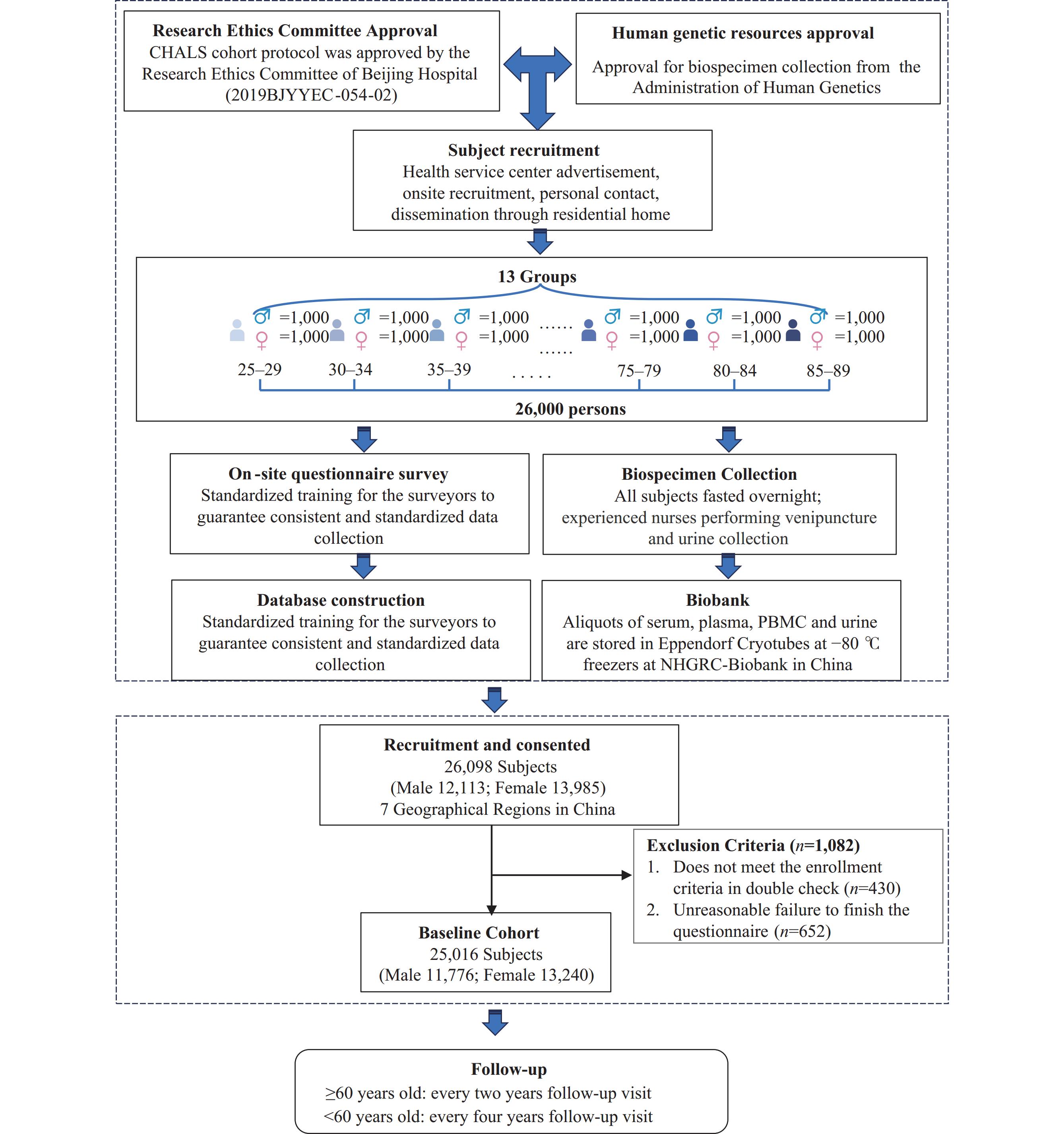2024 Vol. 6, No. 34
Fine particulate matter (PM2.5) and ozone (O3) are prevalent pollutants in the atmosphere, which threaten human health, especially the respiratory system. Typically, people are exposed to a mixture of various pollutants in the environment. Thus, the single and combined effects of both pollutants need to be investigated.
PM2.5 and O3 increase the risk of death from lung cancer, chronic obstructive pulmonary disease (COPD), and respiratory diseases, with their lagged and cumulative effects analyzed, indicating an acute effect. In addition, combined exposure to both pollutants can significantly affect disease deaths.
This study provides further evidence of the single and combined effects of PM2.5 and O3 on respiratory diseases, emphasizing the need for sustained efforts in air pollution control, with greater attention to the synergistic management of air pollutants.
Work-related musculoskeletal disorders (WMSDs) are prevalent in the workforce and occur across various industries. Surveys show that the prevalence of WMSDs among miners is generally over 50%.
High levels of intelligent equipment usage (IEU) can decrease the prevalence of WMSDs among miners by 7.49% and reduce pain by 13.69% on average. Stepwise regression analysis proved that IEU can reduce the harmful effects of workload on WMSDs.
New Quality Productive Forces (NQPF) should also focus on health productivity. Disease prevention departments should consider the impact of NQPFs on occupational health and actively guide intelligent equipment design.
Thallium (Tl) is significantly more toxic than heavy metals such as lead, cadmium, and mercury. However, previous studies examining the relationship between Tl exposure and the risk of chronic kidney disease (CKD) have yielded inconsistent results.
The study demonstrated that elevated urinary Tl levels were associated with a higher prevalence of CKD and a reduced estimated glomerular filtration rate (eGFR), particularly among older adults. These findings were consistent in the restricted cubic spline (RCS) analyses.
This study identified Tl as a risk factor for decreased renal function, underscoring the need to enhance surveillance of Tl to mitigate the disease burden of CKD.
Dimethylacetamide (DMA), a colorless liquid with low toxicity, is commonly used as a solvent in the production of synthetic materials, petroleum processing, and pharmaceutical manufacture. In comparison to substances of higher toxicity, occupational exposure to DMA presents a deceptive risk due to its insidious and subacute progression, increasing the likelihood of escalating into major incidents.
In August 2023, an incident of occupational DMA poisoning involving six cases was reported at a spandex manufacturing factory in Zhuhai City, Guangdong Province, China, following post-fire management activities. All affected individuals were employees of an equipment maintenance company tasked with cleaning polymerizers. With the coordinated efforts of the health institutions in Guangdong Health Emergency Response Network for Poisoning Emergencies (HERNPE), the situation was promptly identified and addressed.
HERNPE serves as an effective framework for enhancing the integration of health institutions across various levels, facilitating a coordinated response that combines clinical services with public health initiatives. By leveraging the leadership of national centers, HERNPE plays a crucial role in the early detection, prevention, and management of large-scale health events.
Life expectancy is increasing, leading to the continuous aging of the population in China. Enhancing the health status of the older population is crucial to achieving healthy aging. The primary objective of the PENG ZU Study on Healthy Aging in China (PENG ZU Cohort) is to understand the natural progression of health status among the aging Chinese population. Specifically, the PENG ZU cohort aims to identify and validate multidimensional aging markers, uncover the underlying mechanisms of systemic aging and functional decline, and develop novel strategies and measures to delay functional decline and adverse health outcomes, while maintaining overall good health. The PENG ZU cohort consists of 26,000 individuals aged 25 to 89 years from seven major geographical regions in China. Diversified data and biospecimens are collected according to standardized procedures at baseline and follow-up visits. Baseline recruitment for the PENG ZU cohort was completed in October 2021. The extensive analysis of multidimensional health-related data and bioresources collected from the cohort is anticipated to develop methods for evaluating functional status and elucidating multilevel, cross-scale interactions and regulatory mechanisms of healthy aging. The findings from this study will enhance the understanding of health changes due to aging, facilitate efficient and effective interventions to maintain functional ability, and reduce the incidence and severity of age-related diseases, thereby further promoting healthy aging.



 Subscribe for E-mail Alerts
Subscribe for E-mail Alerts CCDC Weekly RSS Feed
CCDC Weekly RSS Feed

